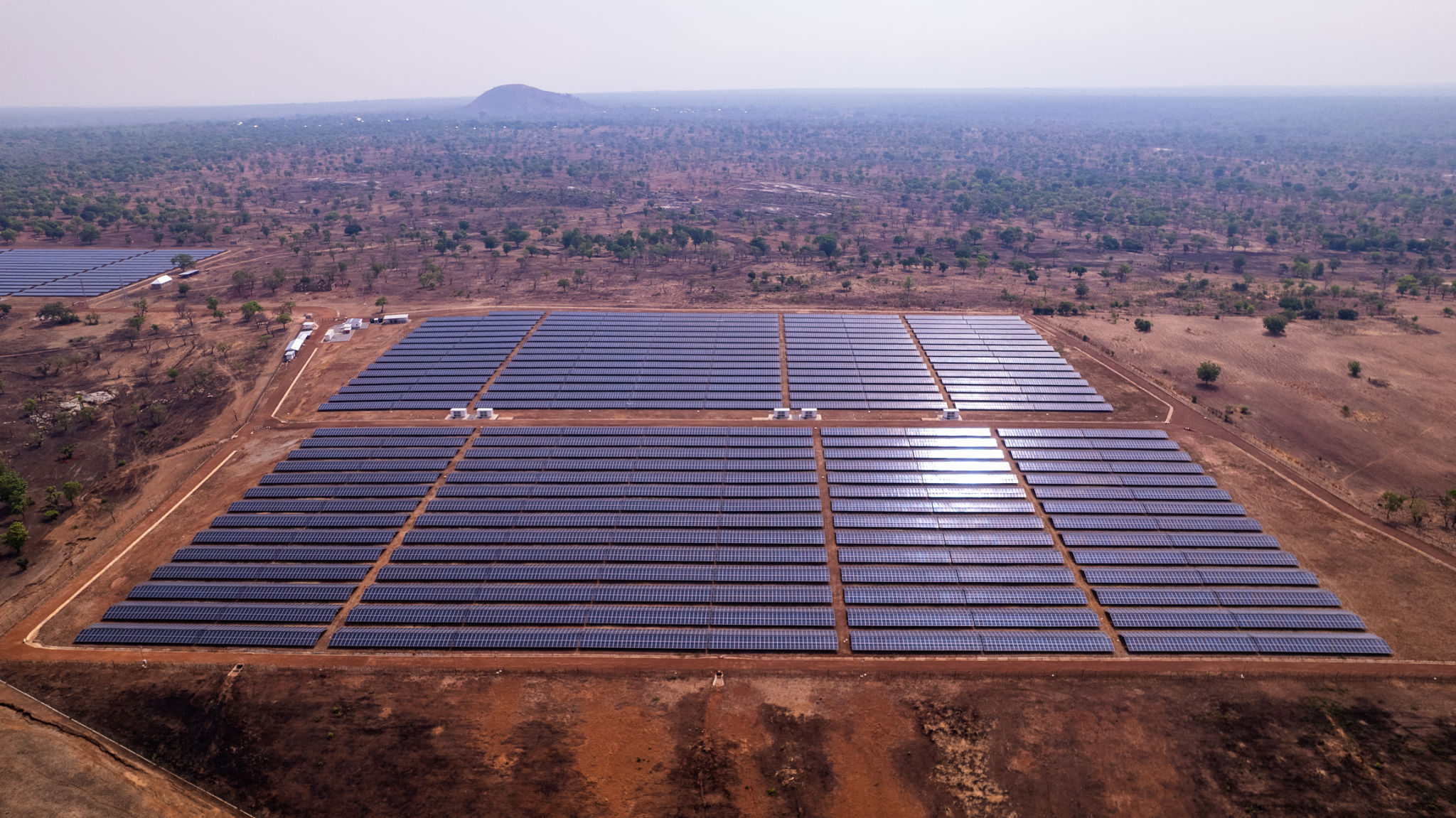Seasonal Changes and Their Impact on Ghana’s Coastal Ecosystems
Understanding Ghana's Coastal Ecosystems
Ghana's coastal ecosystems are rich in biodiversity and provide essential resources for the communities living along the coast. These ecosystems, including mangroves, estuaries, and sandy beaches, play a crucial role in supporting marine life and protecting the shoreline from erosion. However, they are significantly impacted by seasonal changes, which influence both the natural environment and the livelihoods of local populations.
Seasonal variations, driven by changes in temperature, rainfall, and wind patterns, can lead to fluctuations in the health and resilience of these ecosystems. As a result, understanding these changes is vital for developing effective conservation strategies.

The Impact of Rainy Seasons
During the rainy season, typically from April to October, Ghana’s coastal regions experience increased freshwater inflow from rivers and streams. This influx can lead to nutrient enrichment in estuaries and coastal waters, promoting the growth of phytoplankton and supporting a diverse range of marine organisms.
However, heavy rains can also cause soil erosion and runoff, carrying pollutants and sediments into the sea. This can result in reduced water quality, affecting coral reefs and other marine habitats. Moreover, flooding can damage coastal infrastructure and disrupt the lives of local communities.

Dry Season Challenges
In contrast, the dry season, from November to March, brings different challenges. Reduced rainfall leads to lower river flows, decreasing the amount of freshwater reaching estuaries and coastal areas. This can result in higher salinity levels, which may stress aquatic species not adapted to such conditions.
The dry season also coincides with the Harmattan winds from the Sahara Desert, which bring dust and cooler temperatures to the coast. These winds can impact fishing activities by making the sea rougher and less predictable for local fishermen.

Human Activities and Seasonal Changes
Human activities further exacerbate the impact of seasonal changes on Ghana's coastal ecosystems. Overfishing, pollution, and coastal development put additional pressure on these environments. Seasonal shifts often dictate fishing patterns, as certain fish species become more or less abundant at different times of the year.
Moreover, agriculture along riverbanks can increase during rainy seasons due to enhanced water availability, leading to more runoff and sedimentation in coastal areas. Balancing human needs with environmental protection remains a significant challenge.
Conservation Efforts
Efforts to protect Ghana’s coastal ecosystems require a comprehensive understanding of seasonal dynamics. Initiatives such as sustainable fishing practices, reforestation projects for mangroves, and pollution control measures are crucial to maintaining ecosystem health.
Community involvement is also key. Local communities must be educated on sustainable practices and involved in decision-making processes to ensure that conservation efforts align with their needs and livelihoods.

Conclusion
The interconnectedness of seasonal changes and human activities highlights the complexity of managing Ghana’s coastal ecosystems. By acknowledging the impacts of these changes and implementing targeted conservation strategies, it is possible to safeguard these vital environments for future generations.
Through concerted efforts from government agencies, NGOs, and local communities, Ghana can achieve a balance between development and conservation, ensuring that its coastal ecosystems continue to thrive amidst seasonal challenges.